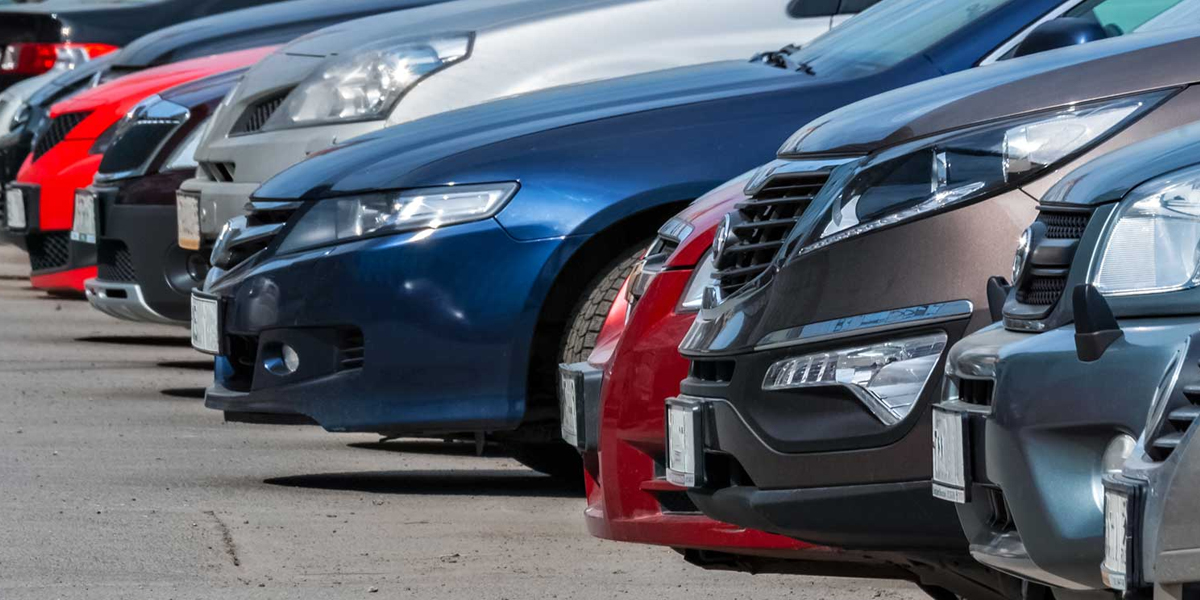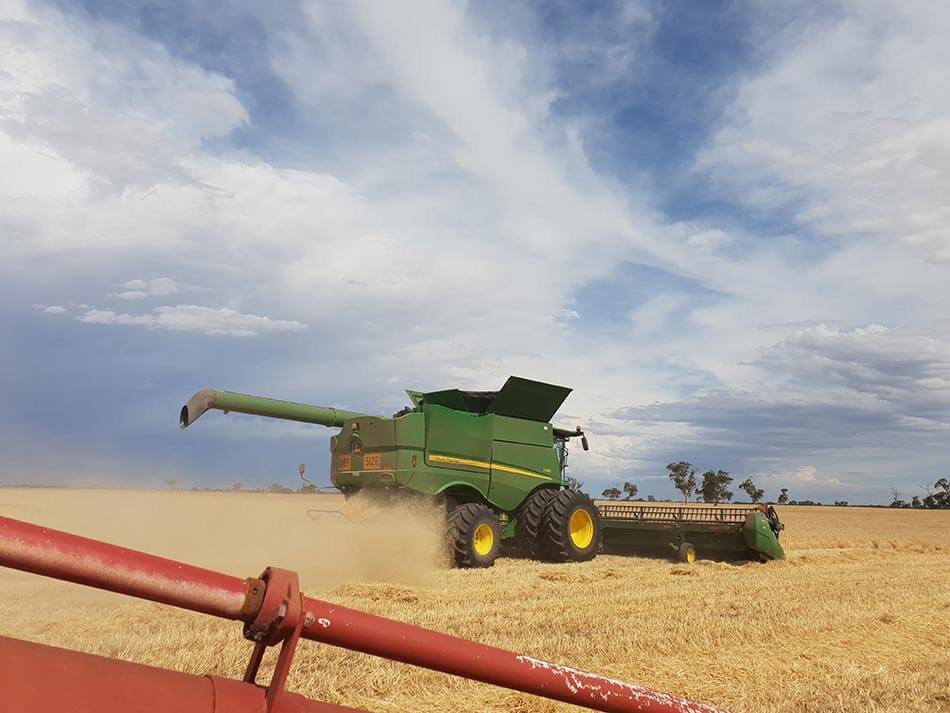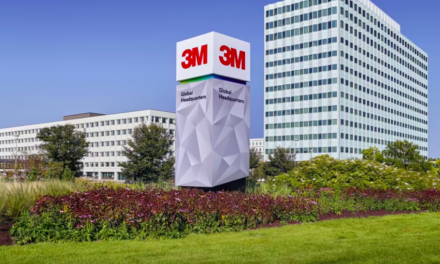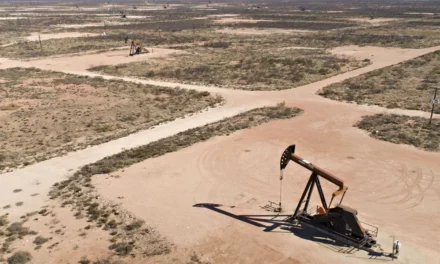With new vehicles retailing lower than sticker prices, a greater number of consumers may take advantage of the situation and buy themselves a new ride.
Last month, the Kelley Blue Book reported that Americans spent an average of $48,008 per new car – about $171 lower than the average sticker price of $48,179.
The Blue Book report also noted that major automotive brands saw a decline of 3.8% in March, a sign that incentives are coming back.
But not all brands experienced this price drop, particularly in the non-luxury market: both Honda and Kia reported that their non-luxury products were still selling between 3% and 6% above sticker price.
Nevertheless, this is the first time in nearly two years that buyers haven’t had to pay above the listed price for a car due to higher markups on the part of dealers. Potential car buyers are looking at this development as an improvement, seeing how many had to deal with higher prices and low inventory since the pandemic hit back in early 2020.
According to Cox Automotive’s research manager for economic and industry insights Rebecca Rydzewski, the industry actually expected a decline in transaction prices in light of gradually increasing inventory at dealerships along with a greater range of choices for potential buyers. This has effectively curbed the amount of pricing power left in the hands of dealers.
Despite lowering prices for new vehicles, potential customers have been advised to keep a wary eye on the market.
What About Used Cars?
Second-hand cars, however, are a totally different matter. While the number of used vehicles priced well above their original sticker prices has gone down and used cars are currently priced 8% lower than new ones, there are still a number of used models within the high price bracket.
Experts point out that currently unpredictable resale values as well as the number of used cars actually being put on the market mean an uneven supply-and-demand dynamic for the sector.















